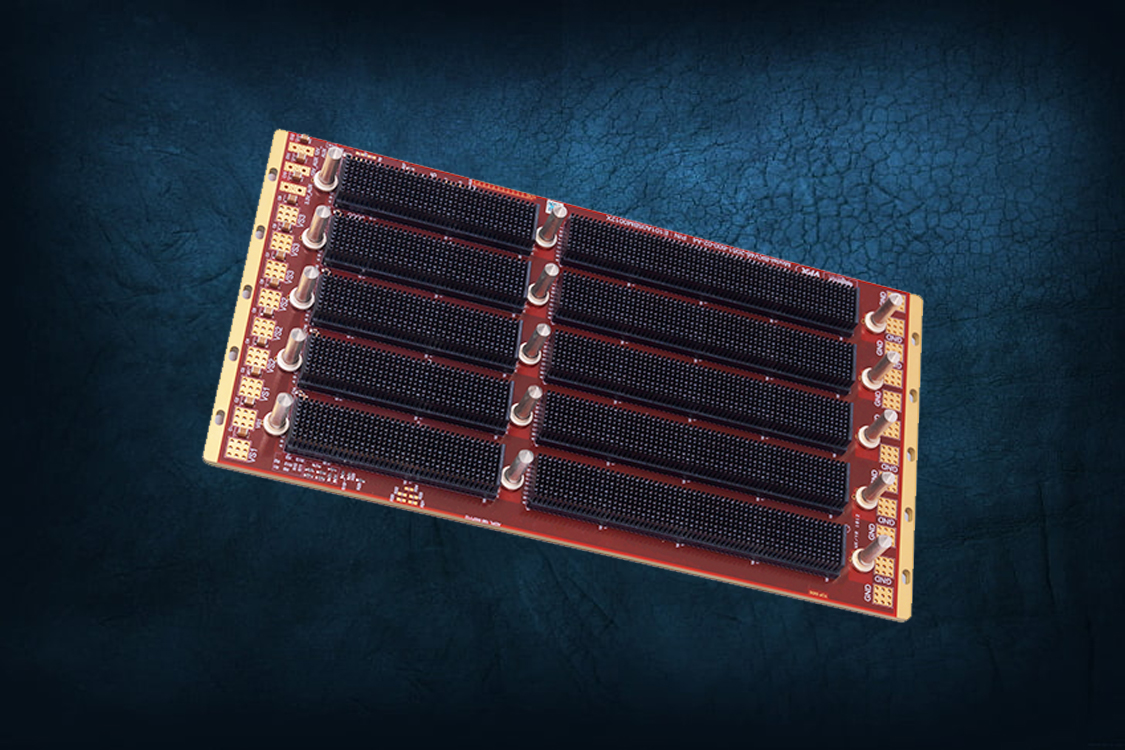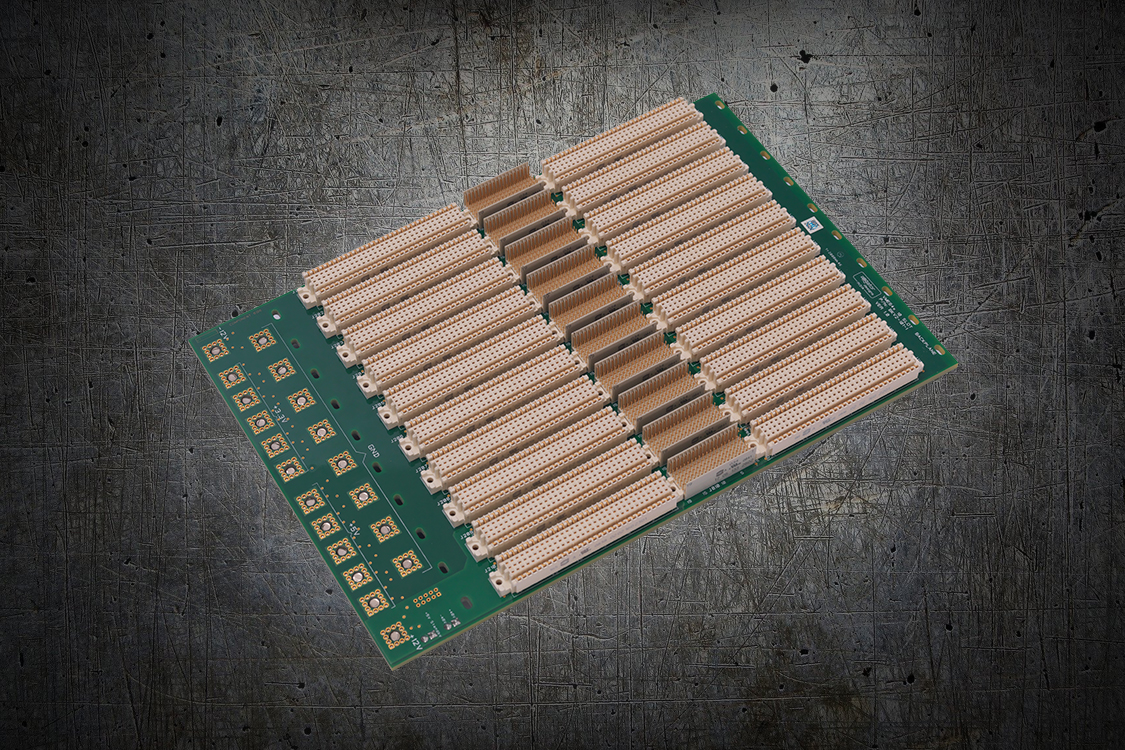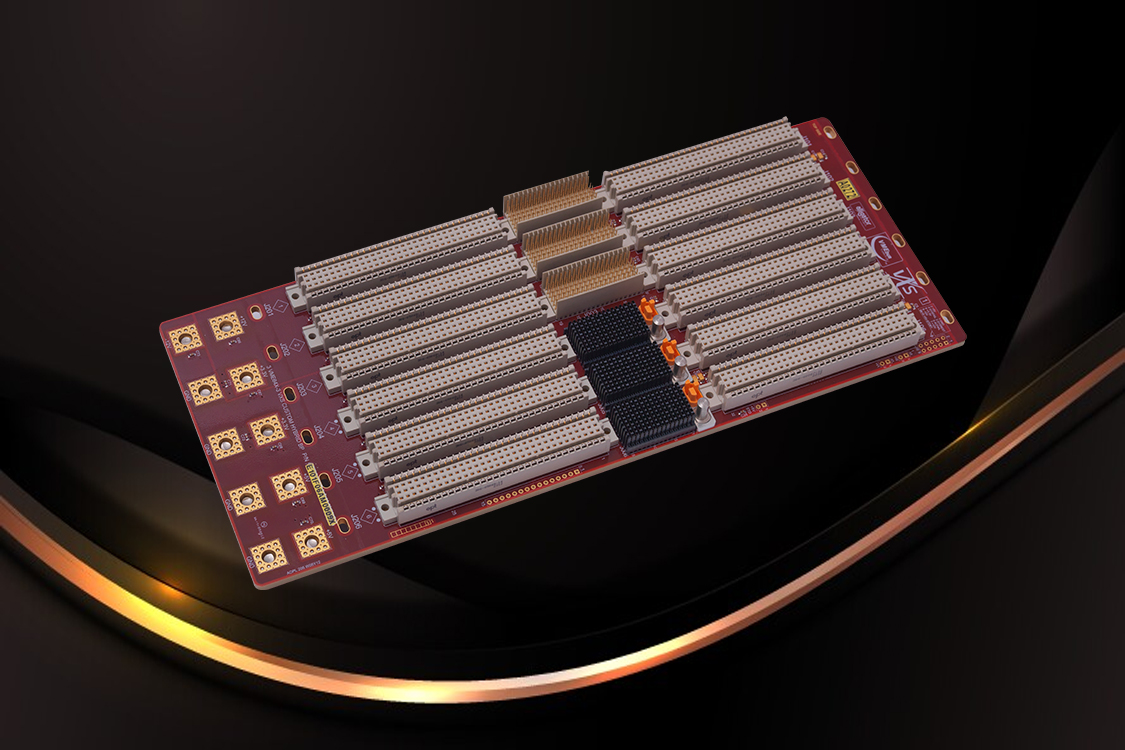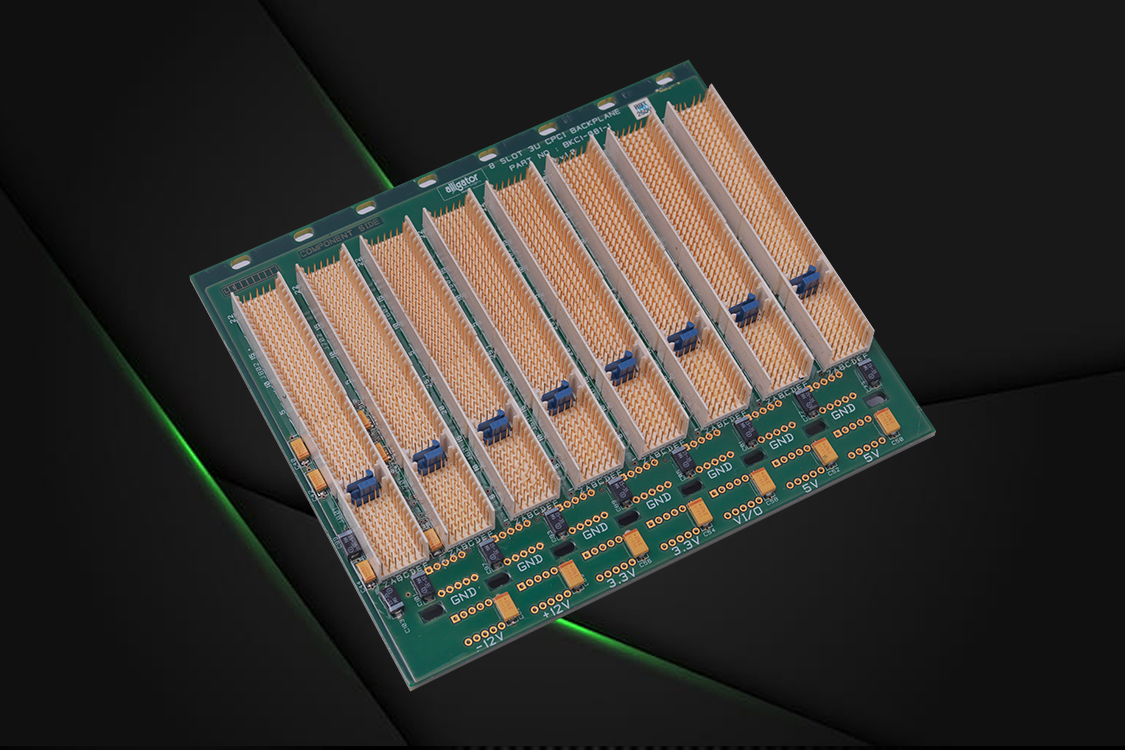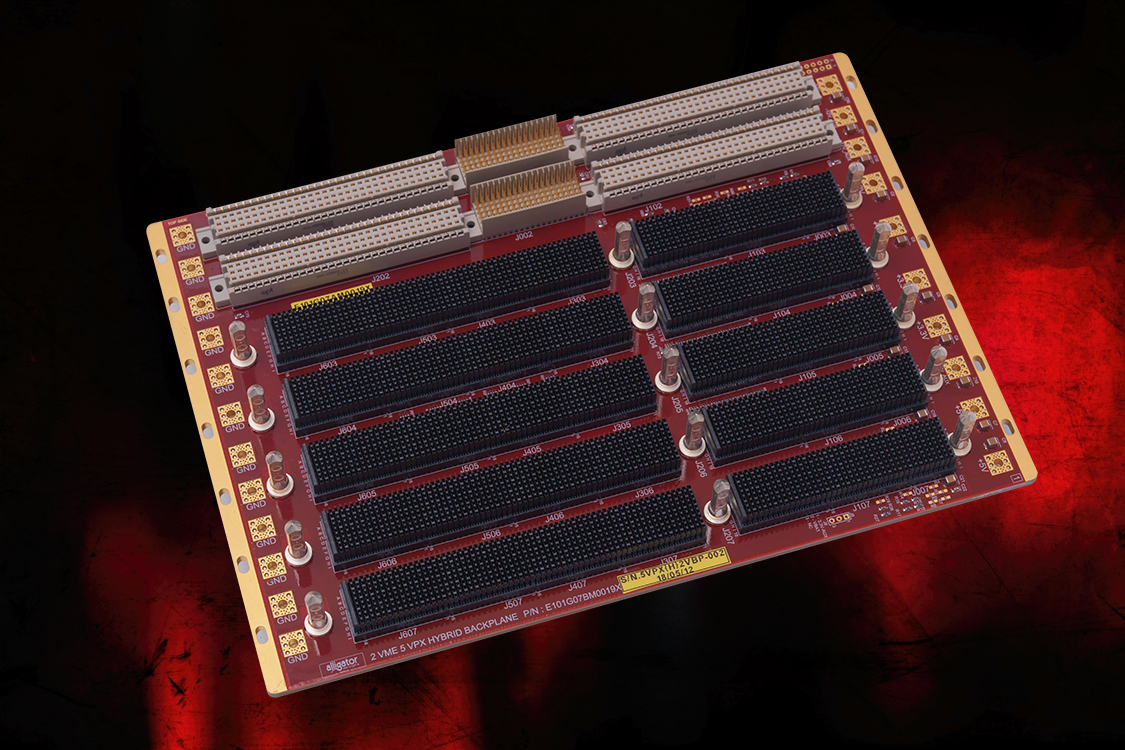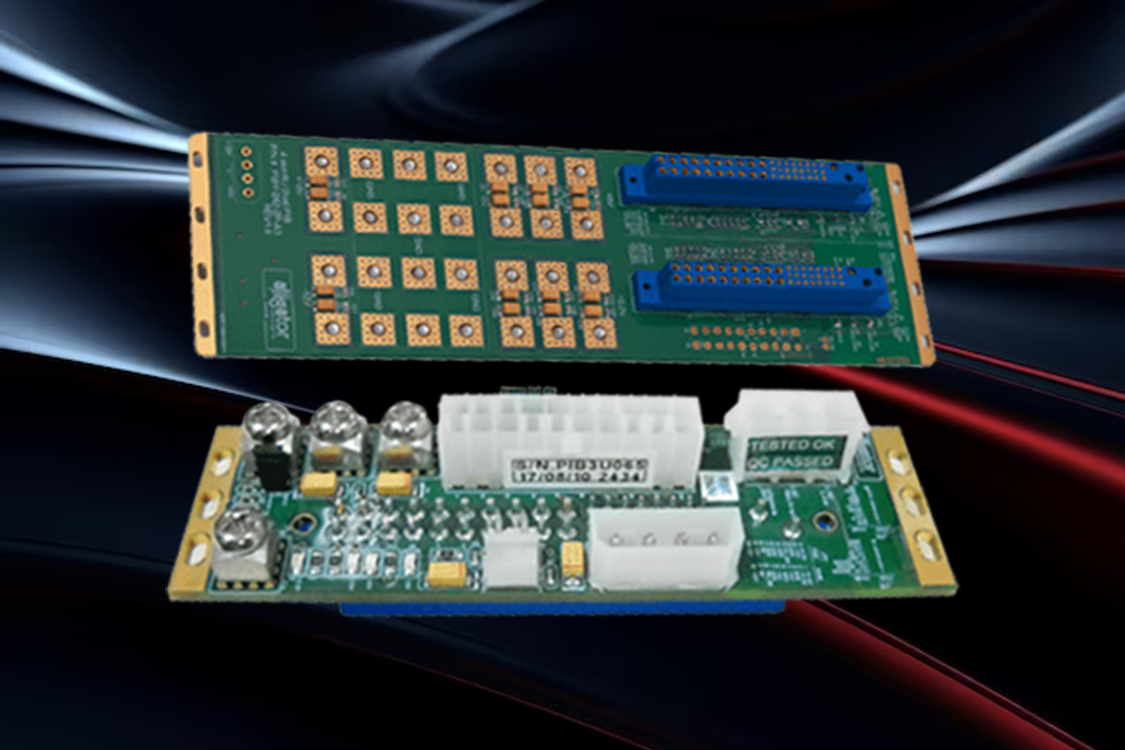Backplanes
Customization is the standard at Trident. With an extensive offering of standard products as a foundation, we are able to leverage existing solutions and proven design concepts to meet any custom application. This approach ensures that Trident will provide quality, compliant solutions with significantly reduced lead time, cost and risk. This in-depth knowledge extends across technologies, including VPX, VXS, VXI, VME/64x and CompactPCI.

